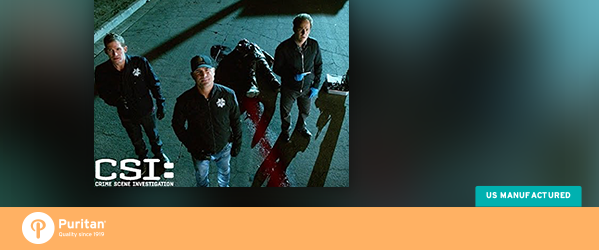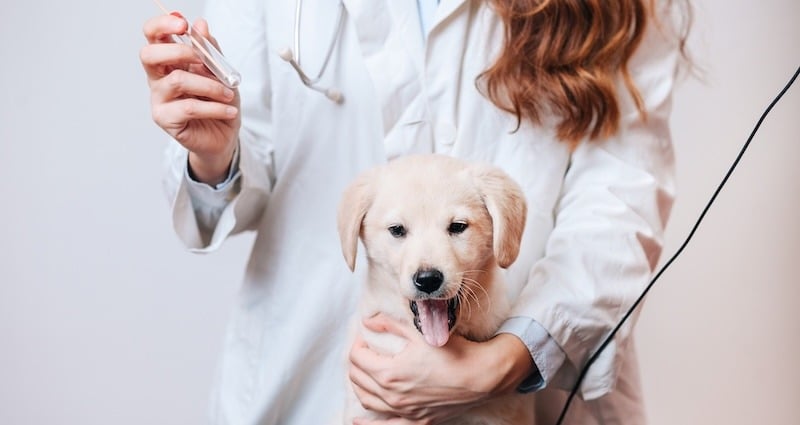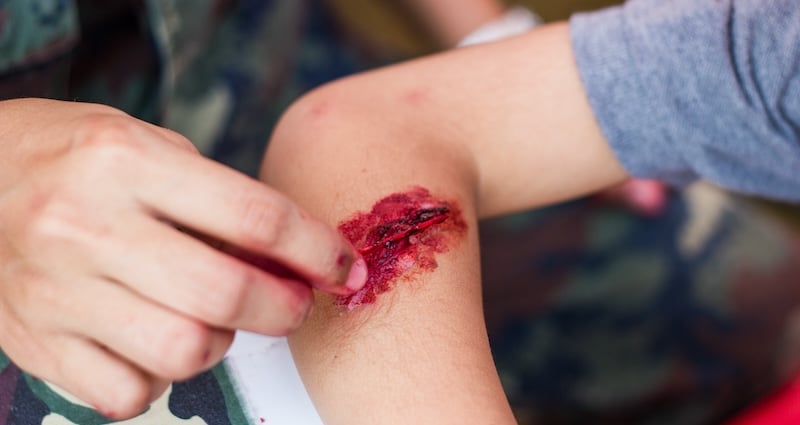
You've worked your tail off on a criminal case for months and finally it's going to trial. The investigators were brilliant, and the folks in forensics worked by the book. Now all you have to worry about is CSI. No, not the crime scene investigators on your case—the hit TV show on CBS.
Seriously.
CSI: Crime Scene Investigation doesn't deserve all the blame for depicting crime scene work and forensic science as far more glamorous than it really is, if not totally inaccurate. Dexter, The Mentalist, Cold Case, Bones, Law & Order, NCIS, Criminal Minds — these shows all have a hand in keeping myths about CSI work (like DNA evidence collection), and forensics tasks (like evidence analysis), alive.
We've already busted six forensics myths that were born from popular TV shows, but there are many more, including:
-
Crime scene investigators can get DNA evidence from any surface.
-
DNA analyses provide two results: Yes, he did it, or no, he didn’t do it.
-
Crime scene investigators cannot only pull up DNA, but they can tell whether it came from tears, saliva, and sweat or cremated remains.
-
Everyone is in a DNA database.
What's the big deal? These pop culture portrayals of forensics have done more than just annoy real life crime scene investigators and scientists.
The CSI Effect
Other than garner huge ratings, CSI and TV shows like it have changed people's belief of what science is capable of.
You might not think that the viewers at home giving greater scrutiny to things like touch DNA and forensic expert testimony is a bad thing. But what happens when those faithful viewers become jurors in a real life criminal trial?
American criminologist Monica Robbers defined the "CSI Effect" in 2008 as "the phenomenon in which jurors hold unrealistic expectations of forensic evidence and investigation techniques, and have an increased interest in the discipline of forensic science."
Are unrealistic expectations born from TV shows really impacting real cases? In a way, yes.
The Bad News About Good CSI Ratings
In 2007, N.J. Schweitzer and Michael J. Saks published a paper called "The CSI Effect: Popular Fiction About Forensic Science Affects the Public's Expectations About Real Forensic Science." The pair had conducted a study based on a simple hypothesis:
"The [CSI] television program and its spin-offs, which wildly exaggerate and glorify forensic science, affect the public, and in turn affect trials either by (a) burdening the prosecution by creating greater expectations about forensic science than can be delivered or (b) burdening the defense by creating exaggerated faith in the capabilities and reliability of the forensic sciences."
Participants in the study were asked to read a transcript of a criminal trial that contained forensic science expert testimony. The participants who were viewers of forensic science TV claimed a greater grasp of forensic science tasks, greater confidence in their verdicts, and greater skepticism about the results of forensic analysis that was presented.
Schweitzer and Saks also found that CSI leads viewers to expect high-tech science like DNA evidence or fingerprint analysis in every case. The participants felt witness testimony wasn't good enough, and that lower-tech science and witness judgment was not at all convincing.
In this study, the CSI Effect of an increased burden for the prosecution is very real indeed.
The Good News for Detectives and Lab Techs
Don't start writing angry emails to the CSI creators just yet.
Intrigued by the CSI Effect, Gregg Barak, Ph.D. and Young Kim, Ph.D., criminology professors at Eastern Michigan University, and the Honorable Donald E. Shelton surveyed 1,000 jurors prior to their participation in trial processes in 2008.
The jurors were asked about their TV-viewing habits (what they watched, how often, and how "real" the shows were perceived to be), what evidence the potential jurors expected to see from the prosecutor in different types of cases (example: do they expect to see touch DNA analysis in every breaking and entering case?), and finally, what they would demand to see scientific evidence before they would find a defendant guilty.
The result: no impact was found on votes to convict or acquit.
"The reduced weight given the forensic science evidence by our CSI viewers, and the greater weight accorded by the non-CSI viewers, was not enough of a difference to affect verdicts when they evaluated the whole case...," Shelton notes.
If true, it could mean that, while CSI can change how jurors feel about forensic science, the effect is not enough to impact verdicts the way some people might fear it does.
The Bottom Line
The best way to combat bad information is with good information. Since shows like CSI and Law & Order aren't going off the air anytime soon, it may be up to the criminal justice system to make changes. Shelton suggests that judges, prosecutors, and defense lawyers be equipped with everything they need to appropriately manage juror expectations.
Another tactic is to make sure the evidence collection and analysis is legally and scientifically sound and uncompromised. Need help getting it right? Download our forensic evidence swabbing kit.




